As an indispensable screening equipment in industrial production, Swing screens are subject to inevitable malfunctions during long-term operation due to various factors. Promptly detecting and correcting these malfunctions is crucial to ensuring continuous and stable production. The following details common Swing screen malfunctions, their causes, and corresponding repair methods.
Low Screening Efficiency
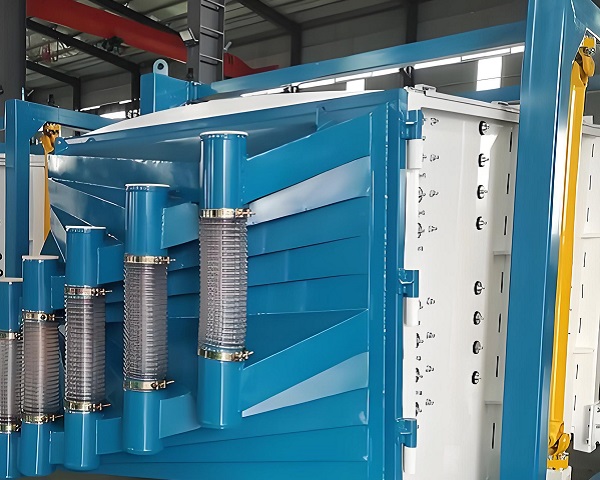
Low screening efficiency is a common malfunction during Swing screen operation, directly impacting product quality and production progress. The causes of this malfunction vary, requiring targeted investigation and repair.
If the material is unevenly distributed on the screen surface—with some areas too thick and others too thin—it will result in inadequate screening, reducing screening efficiency. In this case, check the feed mechanism for proper function and the proper position and angle of the feed port. If the feed port is improperly positioned, adjust it to ensure even distribution of the material across the screen surface. If the feed rate is unstable, inspect the feed mechanism to ensure a uniform feed rate.
Screen blockage is also a major contributor to low screening efficiency. When the material is moist, viscous, or contains a large number of impurities, it can easily clog the screen apertures, preventing the material from passing smoothly. In this case, the equipment should be stopped and the obstruction removed. For frequent clogging, consider replacing the screen with an anti-clogging feature, such as a specially coated screen, or adding a screen cleaning device, such as a bouncing ball or ultrasonic cleaning device, to improve the screen's penetration rate.
Screen wear and damage can also affect screening efficiency. If the screen is damaged or has holes, some unqualified material will pass through, resulting in reduced screening accuracy. In this case, the screen should be replaced promptly. When replacing, ensure that the screen matches the equipment model and is securely installed to prevent looseness that could affect screening performance.
In addition, improper amplitude and frequency settings on the swing screen can also lead to poor screening efficiency. If the amplitude is too small, the material moves slowly across the screen, preventing adequate screening. If the amplitude is too large, the material may pass through too quickly, also affecting screening performance. At this time, the equipment's amplitude and frequency should be adjusted according to the material's characteristics and screening requirements to achieve optimal screening conditions.
Abnormal Equipment Vibration
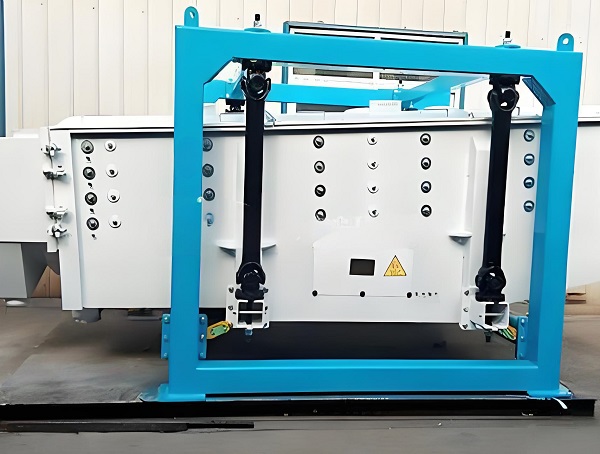
Abnormal equipment vibration is primarily manifested by excessive vibration amplitude, uneven vibration, or unusual vibration noises. This not only affects the normal operation of the equipment but may also damage the structure.
Loose anchor bolts are a common cause of abnormal equipment vibration. Swing screens generate significant vibration during operation. After prolonged operation, the anchor bolts may loosen, preventing the equipment from being securely fixed to the ground and causing abnormal vibration. The solution is to regularly check the tightness of the anchor bolts and tighten them promptly if loose. If necessary, replace the bolts or add lock washers to ensure equipment stability.
Transmission system failures can also cause abnormal equipment vibration. Wear, damage, or improper installation of components in the transmission system, such as the eccentric shaft, bearings, and belts, can cause abnormal vibration during operation. For example, a worn eccentric shaft can cause uneven swinging motion; a damaged bearing can produce unusual noise and vibration; and a loose or misaligned belt can affect transmission efficiency and cause abnormal vibration. In this case, the drive system needs to be disassembled and inspected. Replace the appropriate components based on the damage, ensure proper installation, and adjust the belt tension.
Uneven material distribution within the screen box can also cause abnormal vibration. When there's too much material on one side of the screen box and too little on the other, the center of gravity of the screen box shifts, resulting in unbalanced vibration. In this case, the feed mechanism should be adjusted to ensure even material distribution within the screen box and avoid uneven accumulation. Also, any residual material should be promptly removed from the screen box to ensure balanced operation.
Motor Failure
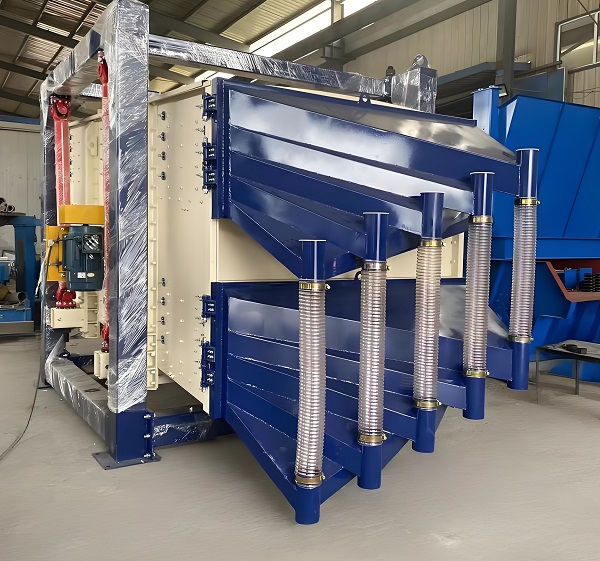
The motor is the power source of the swing screen. Motor failure can cause the equipment to malfunction. Common motor failures include motor overheating, failure to start, and unusual noises during operation.
Motor overheating may be caused by motor overload, poor heat dissipation, or internal motor failure. If the equipment is operating at an excessive load for extended periods, the motor current will be excessive, causing overheating. In this case, reduce the material feed rate to keep the motor operating within its rated load range. If the motor is not dissipating heat properly, it may be due to a damaged cooling fan or clogged cooling holes. Check the cooling fan for proper function and clean any dust and debris from the cooling holes to ensure proper heat dissipation. If the motor is internally faulty, such as a winding short or ground fault, the motor needs to be repaired or replaced by a professional.
If the motor fails to start, it may be due to a power failure, incorrect motor wiring, or damaged bearings. First, check the power supply for any disconnections or shorts, and whether the power cord is properly connected. If the power supply is normal, check the motor wiring for any loose or incorrect connections. If the wiring is normal, the motor bearings may be damaged, causing the motor to become stuck and unable to start. In this case, the bearings need to be replaced.
Unusual noises during motor operation may be caused by bearing wear or friction between the rotor and stator. Worn bearings produce rolling noises, while friction between the rotor and stator produces grinding sounds. Bearing wear should be replaced promptly. If the rotor and stator rub, check the motor for proper installation and deformation, and repair or replace the motor if necessary.
Screen Damage
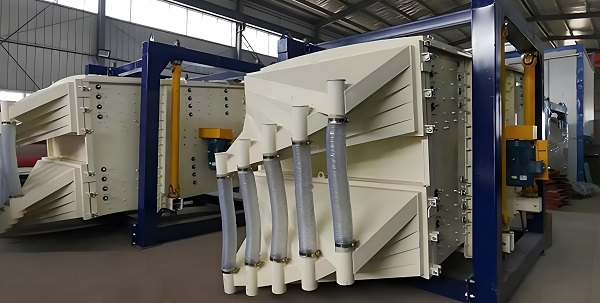
The screen is a key component of a swing screen's screening function, and screen damage directly impacts screening performance. The main causes of screen damage include impact and abrasion from the material, improper screen installation, and substandard screen quality.
Impact and abrasion from the material are one of the main causes of screen damage. Large, hard material particles exert significant impact on the screen as they enter the screen, leading to damage over time. Furthermore, friction from the material on the screen surface can gradually wear the screen. To reduce impact and abrasion from the material on the screen, a buffer device, such as a buffer plate, can be installed at the feed inlet to reduce the material's falling velocity. Also, choose a wear-resistant screen material, such as high-manganese steel, to extend the screen's service life.
Improper screen installation can also lead to screen damage. If the screen is not tightened during installation, it will rub against the screen frame during operation, accelerating wear. Loose bolts securing the screen can cause the screen to shift during vibration, resulting in damage. Therefore, when installing the screen, ensure it is securely tensioned and the mounting bolts are tightened. If necessary, use a dedicated screen tensioning device.
Poor screen quality is also a contributing factor to screen damage. Some low-quality screens lack strength and wear resistance, making them prone to breakage and cracking during use. Therefore, when purchasing screens, choose reliable, quality-compliant products to avoid quality issues that could affect the normal operation of the equipment.
Excessive Equipment Noise
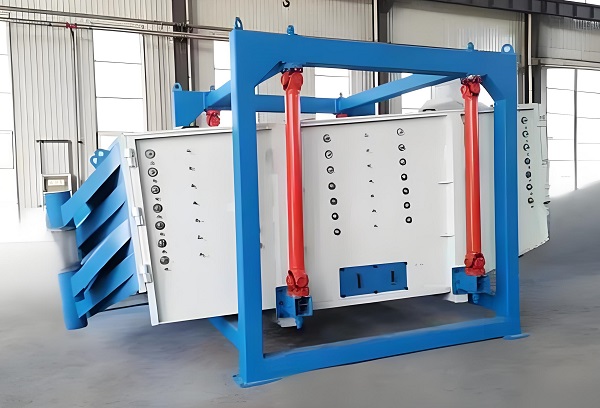
A swing screen will generate some noise during operation, but excessive noise can not only affect the operator's health but may also indicate a malfunction. Causes of excessive noise include loose components, worn bearings, and transmission system failures.
Loose components can cause collisions and friction between components, generating loud noise. For example, loose bolts connecting the frame to the screen box or insecure fastening between the screen and the frame could occur. In such cases, thoroughly inspect all connections and tighten any loose bolts to ensure they are securely connected. Bearing wear increases bearing clearance, causing unusual noises during operation. Bearing wear should be promptly replaced, choosing bearings that match the equipment model. Apply an appropriate amount of grease to ensure proper operation.
Drive system failures, such as belt slippage and poor gear meshing, can also produce loud noises. Belt slippage creates a frictional sound between the belt and pulley, while poor gear meshing produces a clashing noise. To prevent belt slippage, adjust the belt tension to ensure sufficient friction between the belt and pulley. If gear meshing is poor, check the gear installation position and wear, and adjust or replace the gears if necessary.
Fault Prevention Measures
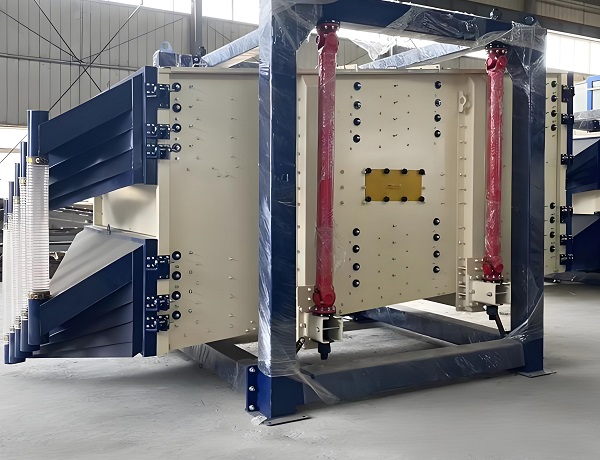
To reduce the occurrence of swing screen failures and extend the life of the equipment, a series of preventative measures are necessary.
Regular equipment inspection and maintenance are crucial for preventing failures. A detailed equipment inspection plan should be developed, regularly inspecting all equipment components, such as the anchor bolts, drive system, motor, and screen, to identify and address potential faults. Additionally, regular cleaning and lubrication are essential to maintain good operating condition. Proper use of equipment can also effectively prevent malfunctions. Operators should strictly follow the equipment's operating procedures, avoid overloading the equipment, and properly control the material feed rate and feed rate. When changing material types or specifications, equipment parameters such as amplitude and frequency should be adjusted promptly to accommodate the new screening requirements.
Strengthen operator training to enhance their professional skills and sense of responsibility. Operators should understand the equipment's structure and operating principles, familiarize themselves with common equipment failures and their troubleshooting methods, and be able to promptly detect abnormalities and take appropriate measures. Furthermore, operators should cultivate a strong sense of safety to ensure safe equipment operation.
Understanding common malfunctions and repair methods of swing screens, and implementing effective preventive measures, can ensure the normal operation of the equipment, improve production efficiency, and enhance product quality. In actual production, timely troubleshooting and repairs should be performed based on the equipment's operating conditions to ensure the swing screen remains in good working condition.